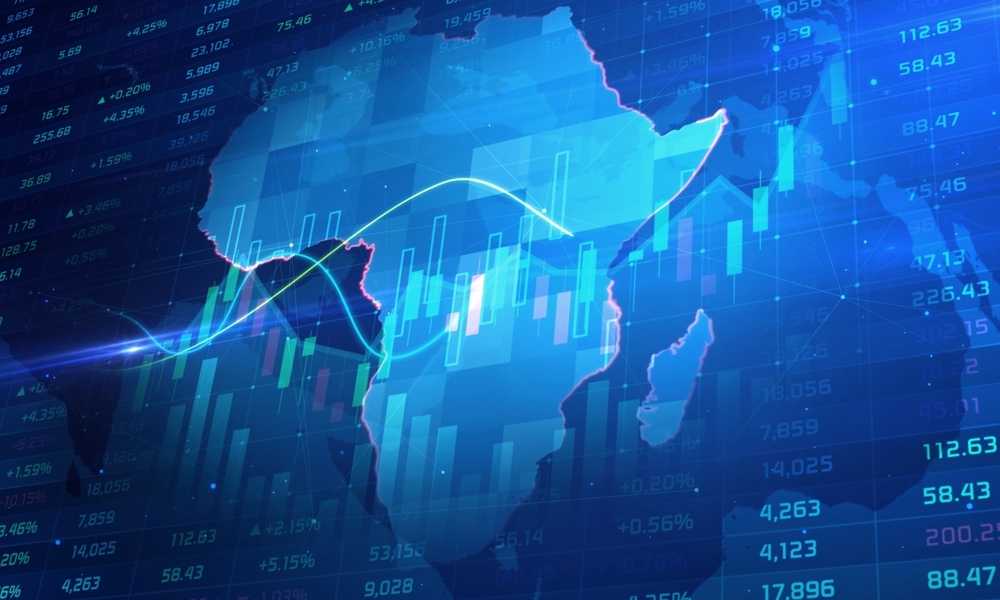The Coalition of Trade Ministers on Climate launched on January 19, 2023. The four co-leads are Ecuador, the EU, Kenya, and New Zealand.
Ecuador’s Vice Minister for Trade, Daniel Legarda, will be a featured speaker at the 2023 Washington International Trade Conference, starting Monday, February 13.
Tickets still available here.
The climate crisis is an unprecedented challenge, wreaking devastation across the globe. The latest science tells us that a staggering 1.6 billion people live in climate vulnerable hotspots, meaning that their homes, livelihoods and lives are already at risk. That number could double by 2050.
Time is of the essence. This is why at the November 2022 COP27 climate conference, governments emphasized the urgent need for immediate, deep and sustained reductions of global greenhouse gas emissions by all parties, across all sectors.
The climate crisis is a double-edged sword, with action needed both at global and local level. International cooperation is therefore vital, because no country can solve this crisis alone. Governments, businesses, international organizations, academia and citizens all need to work together. That is why we, as trade leaders from Ecuador, the European Union, Kenya and New Zealand, are launching with over 50 other countries a Coalition of Trade Ministers on Climate at the World Economic Forum’s Annual Meeting 2023 in Davos, Switzerland.
The Coalition aims to drive inclusive cooperation among trade ministers in the global response to climate change, including by engaging nationally and internationally with fellow ministers working on climate, environment, finance and development, among others. Connecting the dots is vital to find coherent global solutions.
Together, we aim to provide high-level leadership and guidance to boost international cooperation on climate, trade and sustainable development. We represent different regions, stages of development, trade circumstances and varying exposure to climate vulnerabilities. This diversity, coupled with a commitment to transparency and inclusivity, reflects our commitment to build trust and work together on climate change.
Tackling the climate crisis is an enormous endeavour, and trade can and should play a role in this massive global effort. The Coalition will promote trade and investment that fosters the diffusion, development, accessibility and uptake of goods, services and technologies that support climate change mitigation and adaptation in both developed and developing countries.





